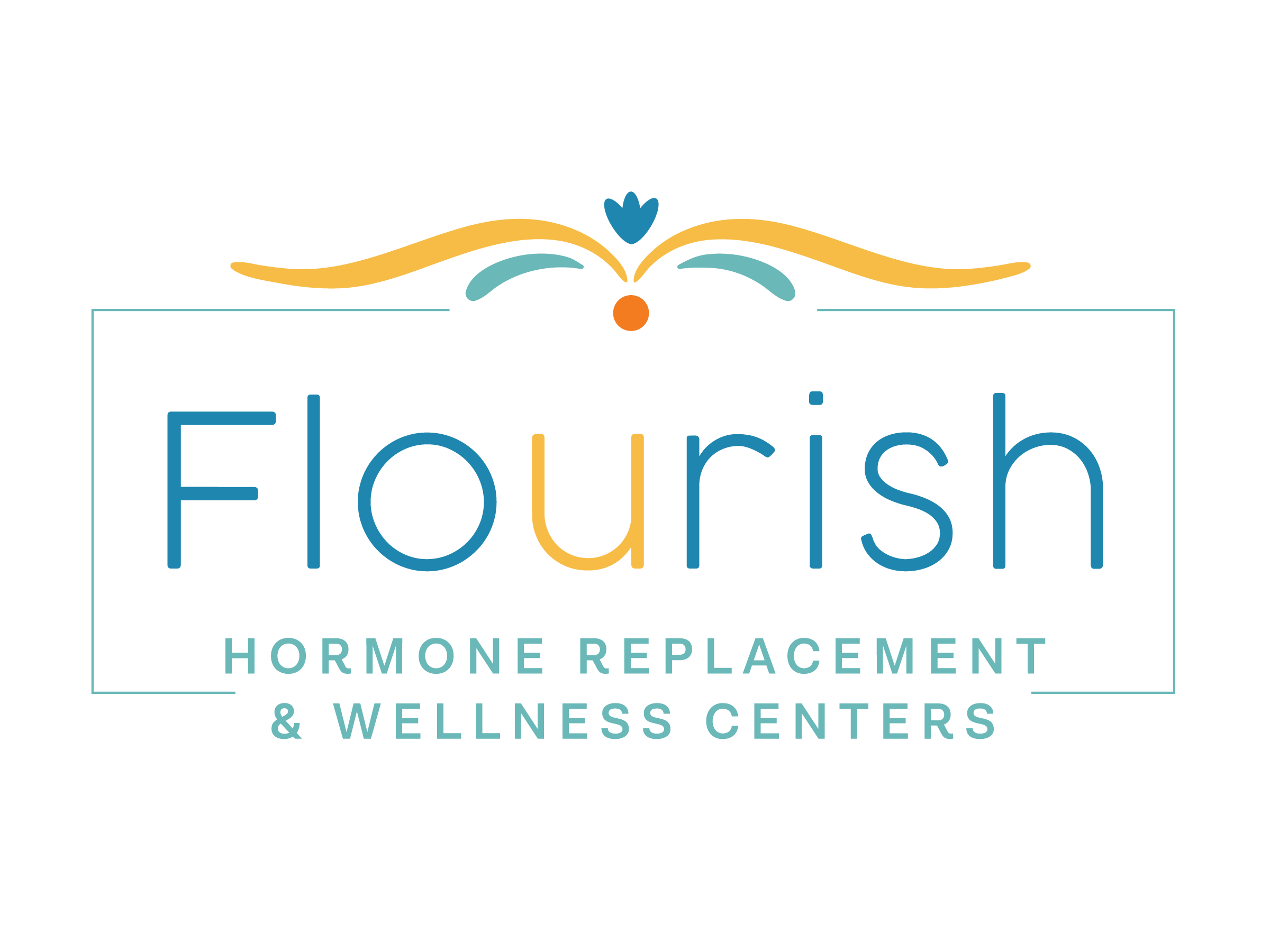Vitamin D supplementation is the cheapest way to mitigate chronic illness. The FDA recommends between 400-1,000 IU vitamin D daily intake. Now don’t run out to the store and go grab vitamin D off of the shelf of your vitamin store because those doses are based on these much-lower-than-actually-needed recommendations. In functional medicine, we recommend 10,000 IU daily for most and up to 20,000 IU daily for others. BIPOC are more likely to have lower vitamin D levels related to poor absorption rates in higher levels of melanin. BIPOC are up to 3x as likely to have kidney disease than Caucasians (kidney.org), a problem that higher doses of vitamin D can help with. Other things that can decrease your vitamin D levels are your gut health, older age, being thin, higher latitudes, colder skin temperature, sunscreen use (very mild effect), and air pollution.
The likelihood of symptoms and risk of disease are increased the lower your vitamin D is. Serum vitamin D levels of 80-100 are needed to completely eliminate risk. The only way to achieve these levels is by taking 10,000-20,000 IU daily. In conventional medicine, patients are often prescribed 50-70,000 IU in once weekly doses. When we do blood work for these patients, their vitamin D is suboptimal, up to 50, but usually floating around 30. They wonder how this is if they are taking a large mega dose. The answer is that vitamin D has a short half life-only about 15 hours. The day the vitamin D is taken, it’s at peak levels and then sharply declines there after.
What does optimal vitamin D levels help with? Bone health because your body needs vitamin D to absorb calcium. It’s a powerful antioxidant and anti-inflammatory which is important for brain, muscle, and immune health. Research has shown it specifically decreases your risk of developing cancer, multiple sclerosis, and rickets. It lowers risk of depression and other mental health disorders. Because low vitamin D is linked to insulin resistance, optimal levels decrease the risk of diabetes. As is widely known because of media coverage, it also helps prevent COVID-19. Anecdotally, as my patients are already taking high levels of vitamin D as recommended, I feel this is one reason why they have avoided exposure so well. The ones that do get it, usually fare much better.
You will not get optimal vitamin D levels no matter how much time you spend in the sun or what foods you eat. The only way to optimize vitamin D is by high level supplementation. Most people do great with the oral medication we recommend but a rare few need an IM injection. This is a large dose but because it bypasses the GI system, the body metabolizes it slower and it stays in your system longer. We can prescribe this for those who need it.
To find out how low your levels are and what dose of vitamin D you need, we start with blood work. Vitamin D is just one of the many things we test on our pre-pellet blood panel for men and women. We do not routinely retest vitamin D levels after supplementation begins despite follow up blood work done for pellets and thyroid medication. This is because it is very difficult to get vitamin D levels above 100 and near impossible to get them to 150, the level at which they are dangerous. At the beginning of my career, I did retest everyone and the highest I have seen was 105. If you would like your level retested after beginning supplementation, ask us to add it when we give you your lab order for your post-pellet blood work.
In health,
Dr. Miranda Lawrence, DNP, APRN-FPA


